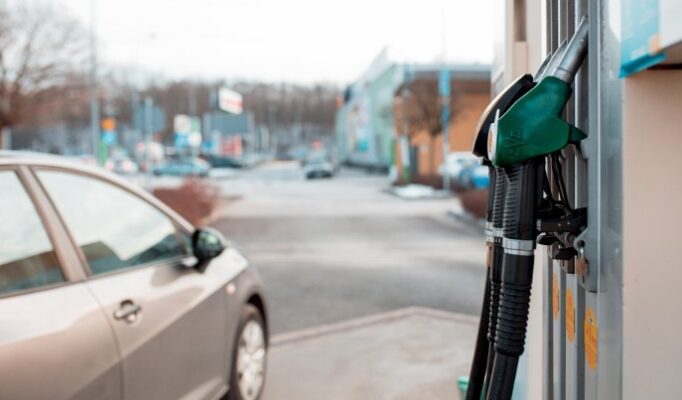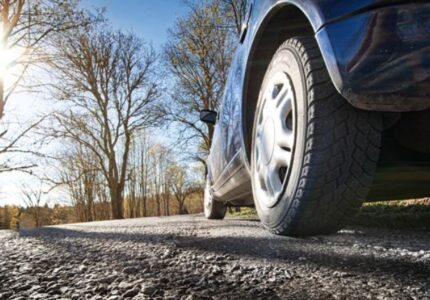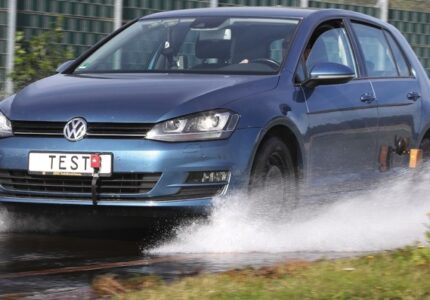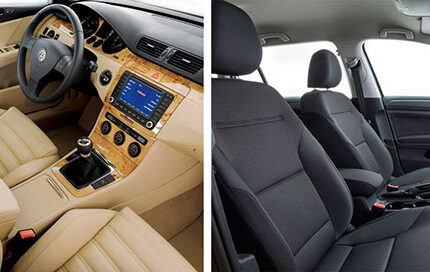In a situation where literally all operating costs are higher, it becomes natural to ask about fuel efficiency. Check how to reduce fuel consumption in the car.
Perversely, it can be said that a car consumes the least fuel when… its engine is not running. The economy index in this case is very high. The demand for petrol or diesel is equal to zero liters. Unfortunately, not everyone can put a car in a parking lot and reduce the need to use it to an absolute minimum. Sometimes this is due to the fact of living in a suburban area with poor communication, and sometimes the need to travel to work and transport children to school and extracurricular activities.
Saving fuel, i.e. the principles of ecodriving
A driver who has to use a car should read a bit about ecodriving. Changing your driving style can be very beneficial. Sometimes in this way you can save up to two or three liters of fuel every 100 kilometers. What to remember in particular? The golden rules are:
- Check the air pressure in the tires. It is of great importance for combustion!
- Look through the trunk. Leave everything that weighs your own in the garage that you don’t need at the moment.
- Observe the traffic situation and plan your maneuvers. Thanks to this, you will drive smoothly and avoid unnecessary acceleration and deceleration.
- Avoid zero-one behavior. Slow down, not hard brake at the last minute, and remember to use engine braking. Accelerate sharply for a short time, but not with tires screeching.
- Change gears in good time (well earlier than the red zone of the tachometer) and keep the engine in the optimum rev range. The diesel is around 2,000 rpm and the petrol is 2,500 rpm. Although a lot depends on the specific motorbike and the situation on the road, because, for example, when driving up a hill, you have to make a reduction and increase the rotational speed.
- Did you stop for a moment? You can turn off the engine.
There are a few more little things that make the engine burn less
Driving technique alone is not the end. The driver may also look for other solutions. The more so that there are a number of sensible proposals! Talking about:
- turning on the air conditioning while driving only when it is needed, because, for example, the windows in the car fog up.
- dose not only air conditioning, but also other power consumers (e.g. seat or rear window heating). The higher the load on the electrical system in the car, the higher the fuel consumption. It’s natural!
- looking for the cheapest gas station in the area. With intensive use, even 10 or 15 cents per liter makes a difference.
- remembering to charge the plug-in hybrid battery. You will pay a few cents per kWh for the electricity drawn from the socket in your home (or with photovoltaics you will have it for free), and thanks to this, after overnight charging, the car will cover about 30 or 40 km on electricity during the day without burning fuel.
- choose the type of drive for the most common operating conditions. Plug-in hybrid is too expensive or you have no way to charge it at home? So think about a classic hybrid. She is also great at saving fuel. Diesel is a solution, but with intensive use over long distances.






